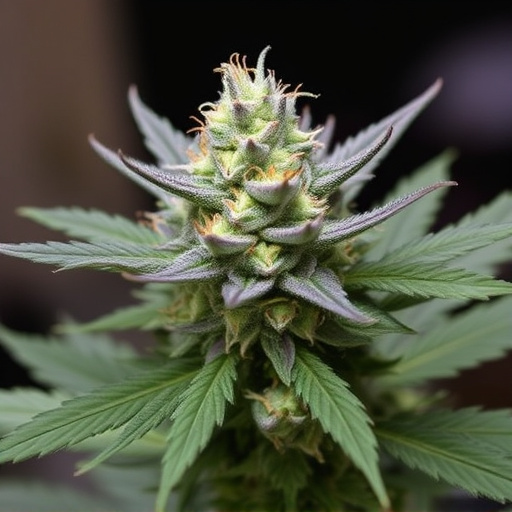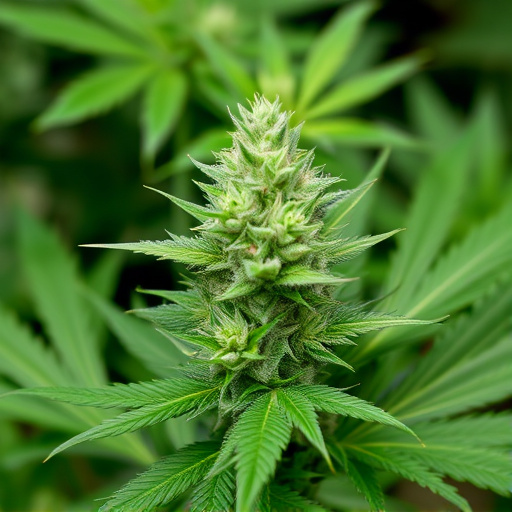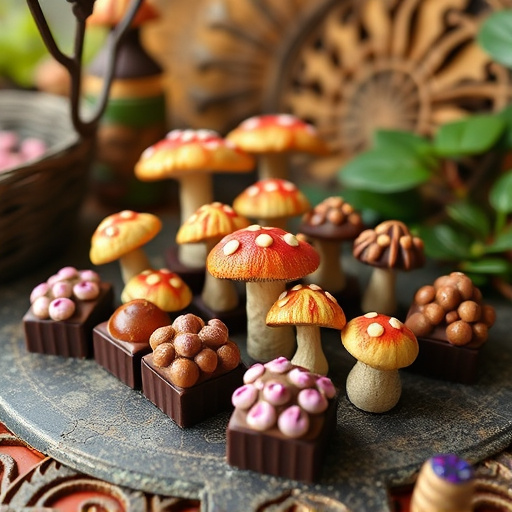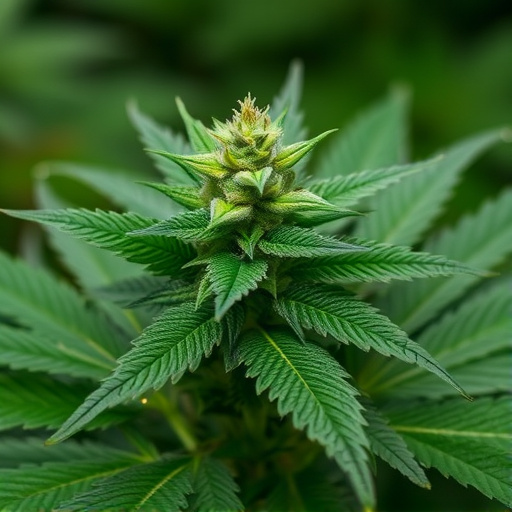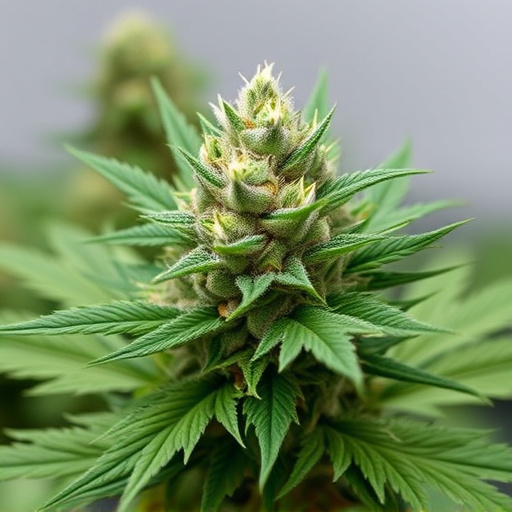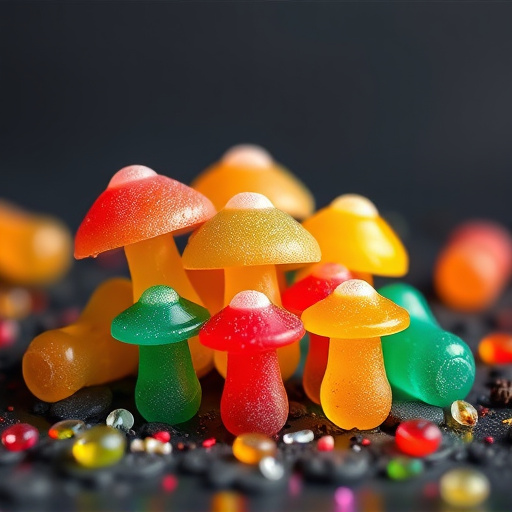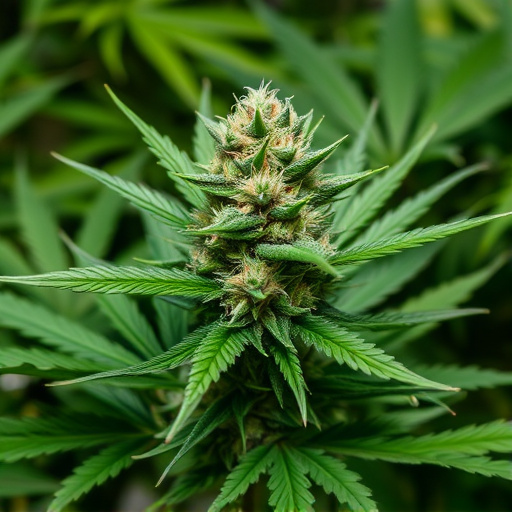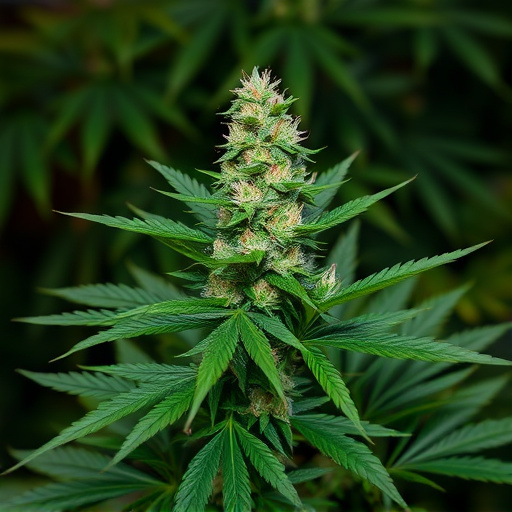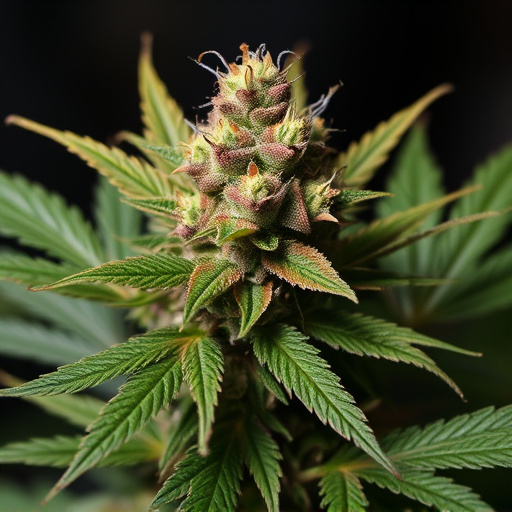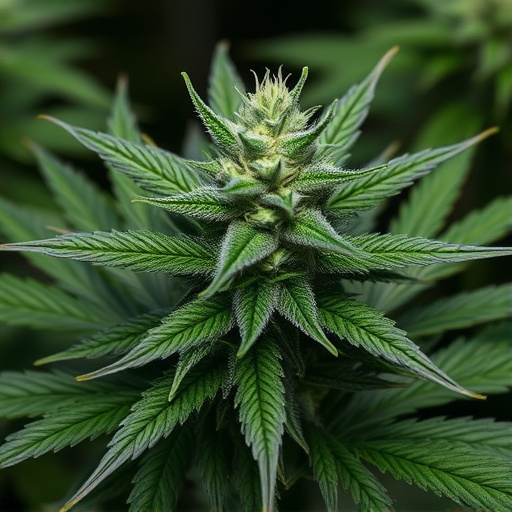To identify top-quality high THC sativa strains, visually inspect plants for vibrant green leaves with blue or purple tints, dense, sticky buds with rich aroma, and amber trichomes. Avoid plants with mold, mildew, or insect damage. Desirable buds are compact, well-formed, and symmetrical. Healthy stems are firm, dense, and free from discoloration or rot, indicating optimal cultivation practices for potent smoke experience.
Distinguishing good weed from bad is essential for an optimal and safe cannabis experience. While visual cues like leaf color and bud density are initial indicators, true quality lies in a deeper examination. This article guides you through the art of identification, focusing on visual examination, aromatic distinctions, and understanding effectiveness through testing and user feedback. Learn to recognize the hallmarks of high THC sativa strains for a truly remarkable cannabis journey.
Visual Examination: What to Look For
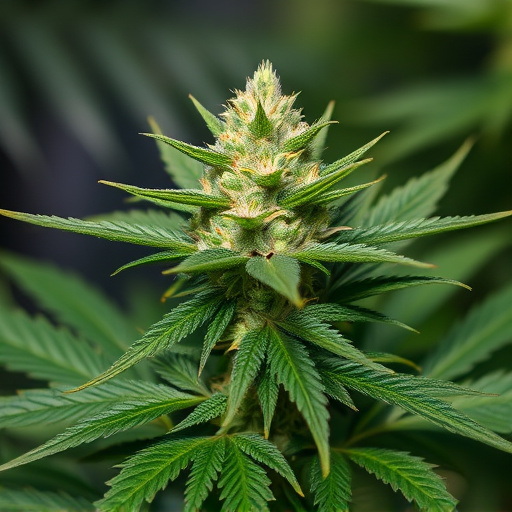
A visual examination is one of the first steps in identifying good weed from bad. When looking for high THC sativa strains, pay close attention to several key indicators. The overall appearance should be vibrant and lush; healthy leaves are crucial, so look for deep greens free from any yellowing or browning. Buds should be dense, sticky, and have a rich, aromatic scent. Inspect the trichomes—small hair-like structures that produce cannabinoids—for a shiny, amber hue; this indicates maturity and potential potency. Avoid plants with signs of mold, mildew, or insect damage, as these can negatively impact both quality and safety.
Additionally, take note of the structure and shape of the buds. Good weed typically has tight, compact buds that are well-formed and symmetrical. Loose, sprawling buds may suggest less desirable plant growth. The color of the flowers is another visual cue; many high THC sativa strains exhibit a range of vibrant colors like purple, blue, or orange hues, indicating a rich cannabinoid profile.
– Leaf appearance and color
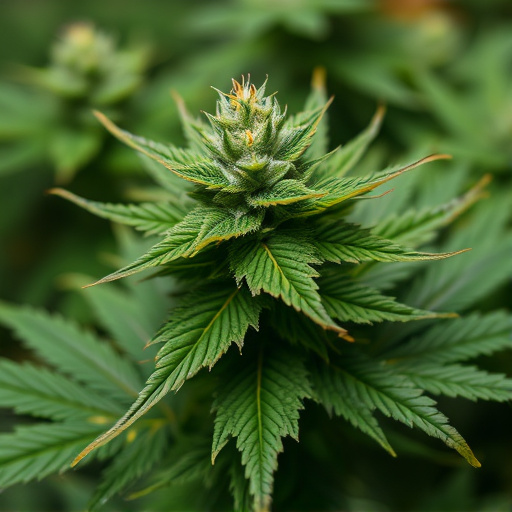
The leaves of a healthy, high THC sativa strain should exhibit vibrant green hues, often with a slight tint of blue or purple. This is due to the presence of flavonoids, which not only contribute to the plant’s visual appeal but also offer potential therapeutic benefits. The foliage should be dense and well-spaced, allowing for good air circulation that prevents fungal issues. Each leaf is typically elongated, with fine hairs that give it a slightly fuzzy texture. This structure facilitates efficient photosynthesis, essential for robust growth.
In contrast, bad weed leaves may appear dull or yellowed, indicating nutrient deficiencies or stress from adverse growing conditions. Overcrowding can lead to poor air circulation, fostering mold and mildew growth, which often manifests as black spots or white powdery residue on the leaves. Additionally, uneven pigmentation, where some leaves are lighter or darker than others, could signal inconsistent lighting or temperature issues during cultivation.
– Stem health and density
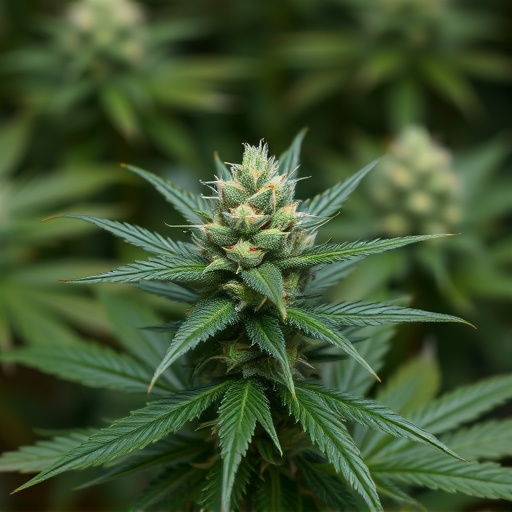
The health and density of a weed plant’s stems are strong indicators of its overall quality. Good weed, particularly high THC sativa strains, should exhibit sturdy, vibrant stems that feel firm to the touch. These stems should be free from any discoloration or signs of rot, suggesting robust health and proper care during cultivation. The density of the stem, measured by its thickness relative to the plant’s size, is another crucial factor. Thick, dense stems imply a rich concentration of essential oils and cannabinoids, including THC, which contribute to the plant’s potent effects.
In contrast, bad weed may present stems that are weak, brittle, or have visible mold or mildew growth. These issues often signal poor cultivation practices, exposure to adverse environmental conditions, or post-harvest handling. Stems of low-quality weed might also be sparse, with a lighter overall density, indicating less potent and potentially less enjoyable smoke. Therefore, evaluating stem health and density is a critical step in discerning good from bad weed, especially when seeking the optimal experience from high THC sativa strains.
When it comes to discerning good weed from bad, a keen eye for detail is essential. By examining leaf structure, vibrant colors, and robust stems, you can ensure you’re selecting premium quality, particularly when seeking potent high THC sativa strains. Trusting your senses and knowing what to look for will help you navigate the market and unlock the best experiences that cannabis has to offer.

